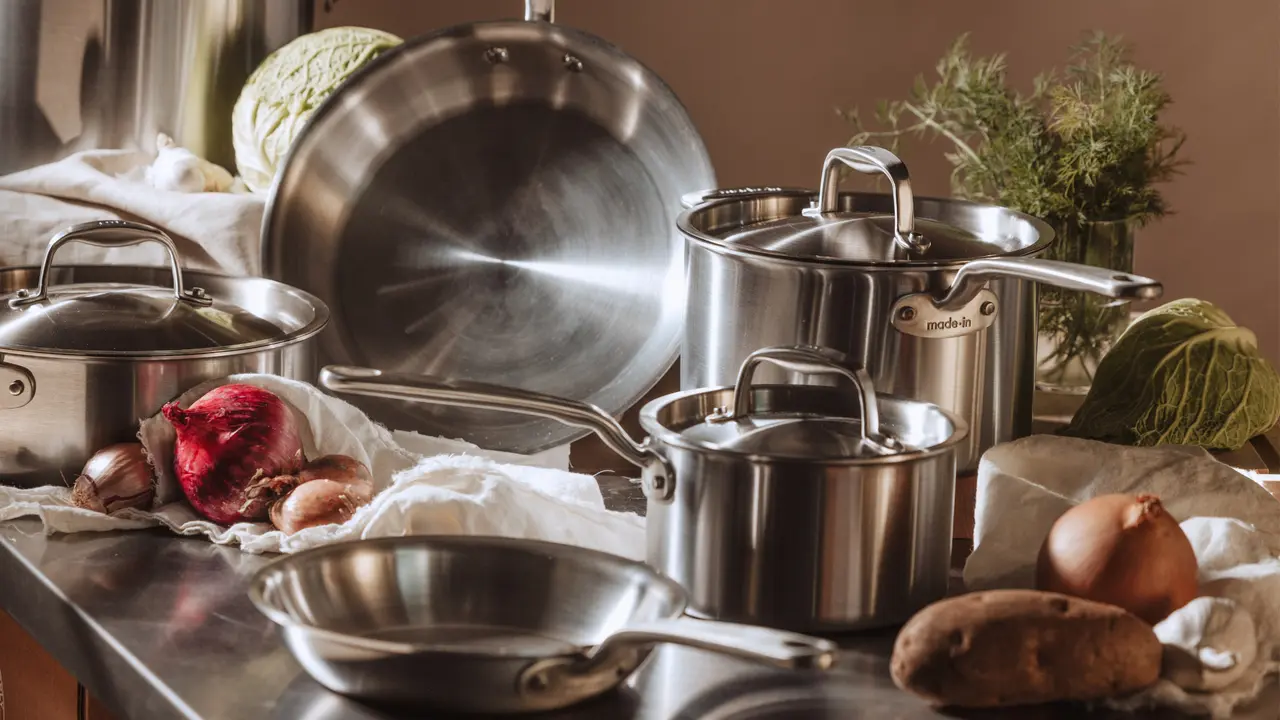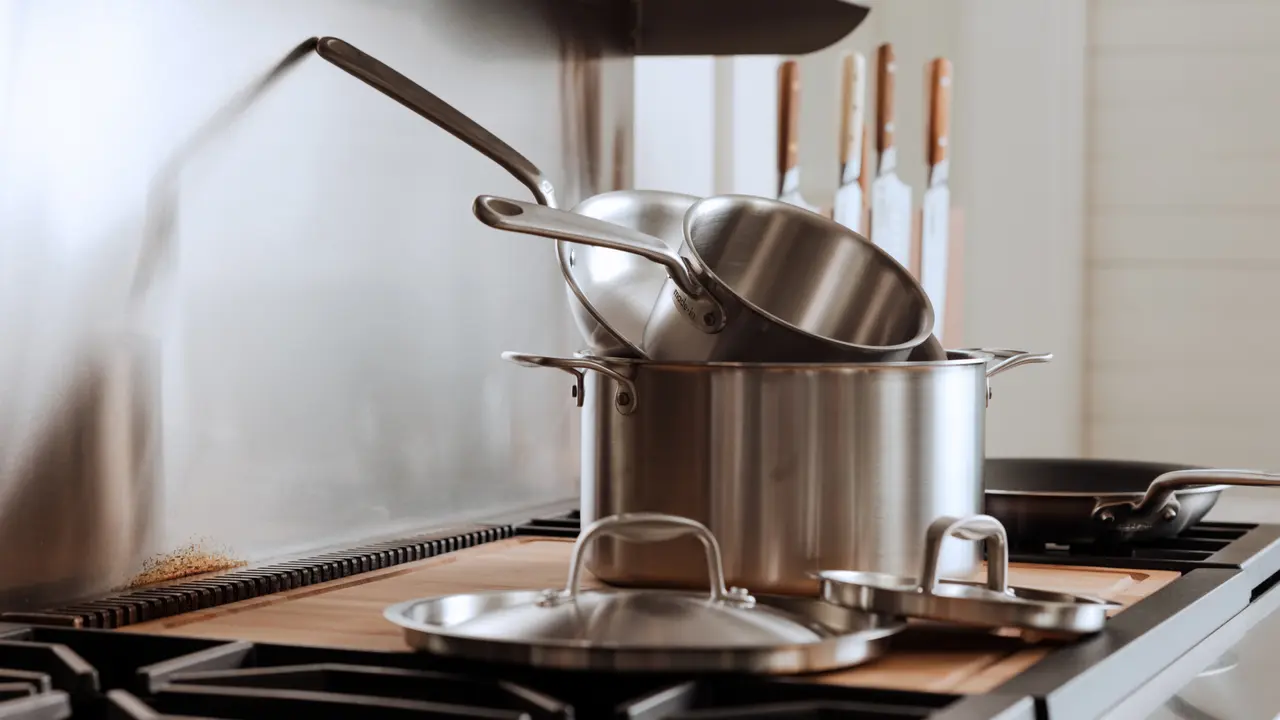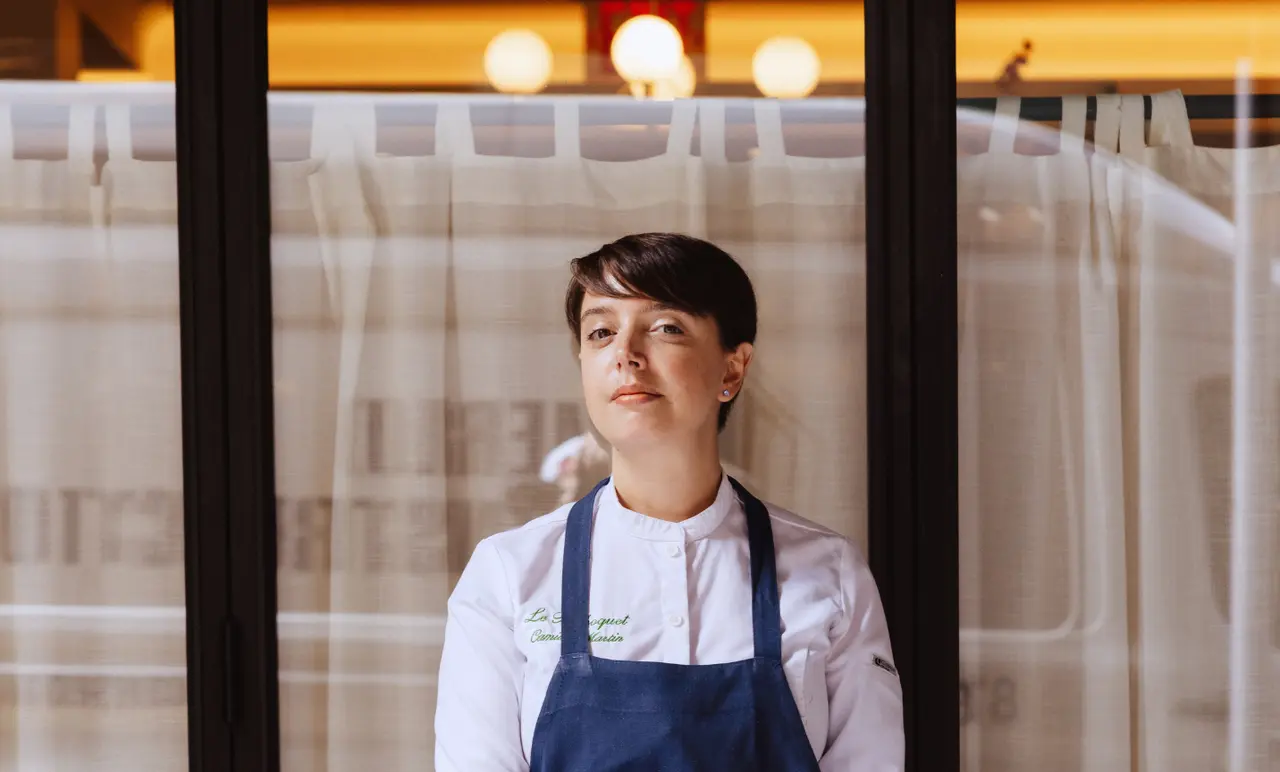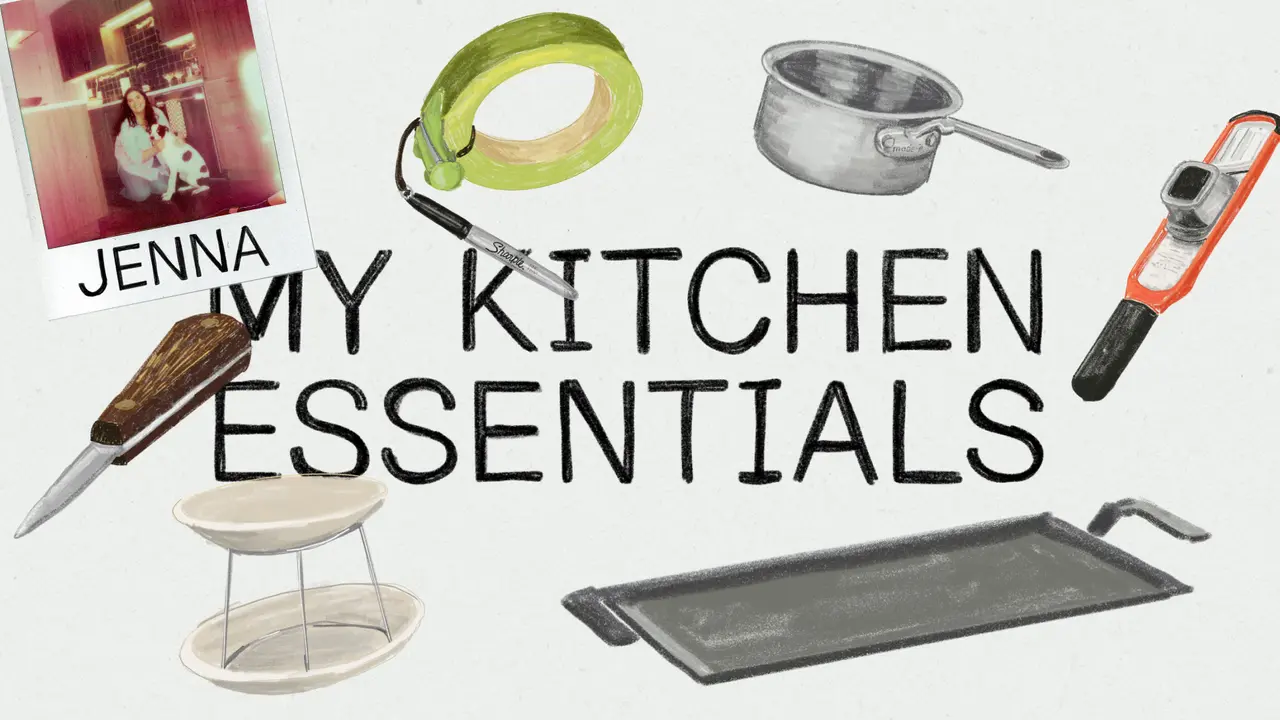Chefs Kevin Fink and Tavel Bristol-Joseph are no strangers to cooking with fire. Whether it’s at Hestia, or Emmer & Rye, fire and smoke are integral parts of their menus. In celebration of our launch with Tecovas, we sat down with both chefs to learn more about how fire plays a role in cooking, how they cook over an open fire, and because we were curious, we asked them what their dream summer barbecue menu is, too.
How does fire play a role in food?
Kevin Fink: Fire is carnal, evocative, and rugged. It can be delicate but is often dominant. Cooking over a live fire is one of the most enjoyable things, as the food simply has more soul and depth.
Tavel Bristol-Joseph: Fire plays a major role in food. When we think about live fire cooking, the first thing that comes to mind is flavor. Fire takes us back to the original ways of cooking. It brings a unique element to a dish, whether it's through taste, smell, and texture. I've been able to use fire to show different techniques, whether grilling or smoking fruit and vegetables or using the charred edges of Sourdough Bread and infusing it into milk and making ice cream from it. To me, you can't get that without using live fire.
What was the inspiration for opening Hestia and centering it around a hearth?
KF: There is something that is present in food cooked over fire and hearth that is inexplicable. It resonates around the world; it is in childhood memories, and it is the food we dream of. It may not be the prettiest, but it is the most satisfying.
TBJ: We wanted to showcase the beauty of live fire. There is nothing like cooking with charcoal and adding flavors and aromas to protein and vegetables. We felt it was a style of cooking that was missed in our generation and wanted to take it back and create a modern-day grill restaurant.
Can you talk about the flavor that fire and smoke impart on the food?
KF: Fire and smoke impart a widening of the overall impact of food on our palette and brain. There are few people who will compare a gas-fired grilled steak to one cooked over wood.
TBJ: It's different in any application. Direct heat creates char and caramelization that dramatically enhances flavors, whereas smoke you can't see it, but you're adding a new flavor that can be bold and beautiful.
Tavel, can you talk through the s'mores recipe?
S'mores is one of my favorite desserts. I love the gooeyness of melted marshmallow and chocolate combined with the crunch of the graham cracker. For this particular s'mores recipe, I added peanut butter and banana, which transcends the classic s'mores to a different level. Just thinking about it right now puts a smile on my face. It starts with one layer of graham cracker, a smear of peanut butter, fresh sliced banana, Hershey's chocolate, toasted marshmallow, and topped with another layer of graham cracker. Squeeze together, and there you have the perfect bite!
Tavel, can you talk about using fire in sweet dishes and different ways to use it to your advantage that people might not think of?
Fire has been used in sweet desserts for a long time, such as roasted marshmallows and flambe, just to name a few. The real challenge that I face is how do I combine that with the level of desserts that we create at Hestia that are more clean and delicate but using live fire to create something unique. Our Sourdough Ice Cream, for example, is where live-fire plays a significant role in the flavor profile, specifically because of the wood fire oven. The flavors created in the oven make the bread so unique, which allows the ice cream to stand out from others.
How do the tools you use impact how food is cooked?
KF: Tools are incredibly important. Would you drink a nice bottle of wine out of the bottle? They set the stage to achieve the best out of whatever product you use.
TBJ: This is sometimes just as or more important than the food. In order to create something so delicate, you need the right tools to allow you to maneuver in and out of the fire.
What are your three essential tools for outdoor grilling?
KF: Mesh Grill Pan, Basting Brush, and the new Made In Grill Frying Pan that I made the steak, onion, peppers, and literally everything on for this shoot.
TBJ: Grill tongs, half sheet tray, vegetable grill pan
OK, last question: What is your ideal menu for an outdoor BBQ during the summer?
KF: An Asado where we cook over oak or mesquite, simple grilled vegetables, chimichurri, and root vegetables charred directly in the fire.
TBJ: My ideal menu would start with a shandy, a precise combination of Red Stripe Beer and Sprite. Followed by watermelon topped with Tajin, grilled Jerk Chicken, creamed corn, grilled okra tossed with XO sauce, coconut rice, and ambrosia.
Editor's Note: Interview has been edited for clarity.




























